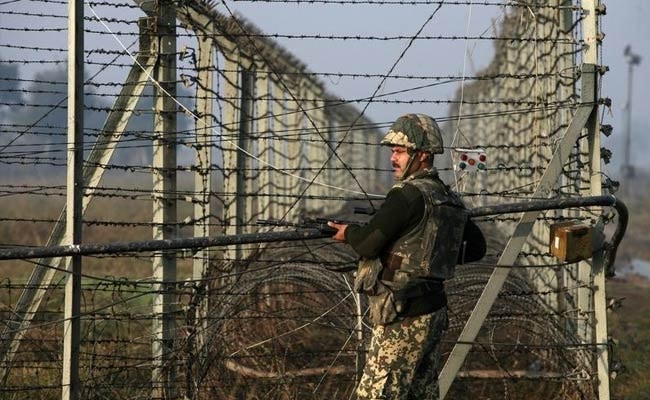
For decades, soldiers of the Indian Army deployed in bunkers along the Line of Control have received their orders from commanders in bases often located far away over the radio.
Not any more.
According to sources, soldiers in frontline positions of a strategically important Corps of the Indian Army are now receiving their orders digitally - through a data-radio set which transmits on Very High Frequency (VHF) or Ultra High Frequency (UHF) and is configured to prevent enemy intercepts.
The capability is considered a fundamental force multiplier for the Indian Army, a key element in its transition to a digitally-savvy Army.
The data-radio set, built indigenously by the state-run Bharat Electronics Limited, looks like a smart-phone, but is designed to send and receive signals off the Army's own secure Mobile Cellular Communications Systems. The data-radio has other uses as well. It can transmit video, allowing commanders to review a tactical situation in real-time. Accurate operational decisions in critical situations can now be taken quickly on the basis of a better understanding of just what is happening on the ground.
What's more, a soldier or squad equipped with the data radio can get a precise geographical fix of the locations of other friendly units using the same system, making the need to communicate through radio redundant in many situations. In the event a data-radio is lost, it can be remotely taken off the Army's grid.
By 2018, the Indian Army hopes that five of its 13 Corps will be equipped with the system.
The data-radio is a small but important part of the Indian Army's transformation into a digital Army, a force which will eventually use satellite, VHF/UHF, fibre-optics and hard-wired links to connect each and every soldier in the most remote locations. All Army battalion headquarters are connected through the Wide Area Network which provides secure communications between units through a desktop-to-desktop messaging application. But last-mile connectivity to forward posts is still a few years from being completed.
The Digital Army programme operates on two parallel tracks - Operational Management Systems, details of which remain mostly classified, and Peace Management Systems aimed at providing increasingly computer-savvy jawans and officers with apps. The idea is to go digital for the receipt of transfer orders, handle the payments of pensions, and receive and process applications for Army recruitment.
Army sources point out that they are confident their system is resilient to hackers. The system itself is not connected to the internet and cyber security officers have been deployed in every unit. Ultimately, the Army wants to move to its own Cloud storage system, the infrastructure for which largely exists, but that will require a policy review. The cloud system, once operationalised, will store all non-classified information relevant for every Indian soldier.
Track Latest News Live on NDTV.com and get news updates from India and around the world

